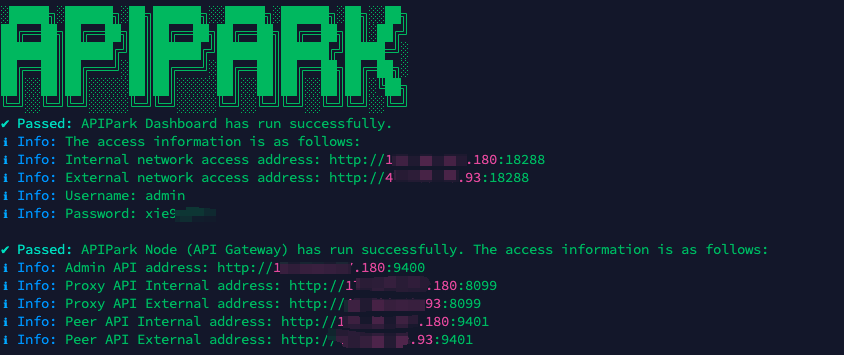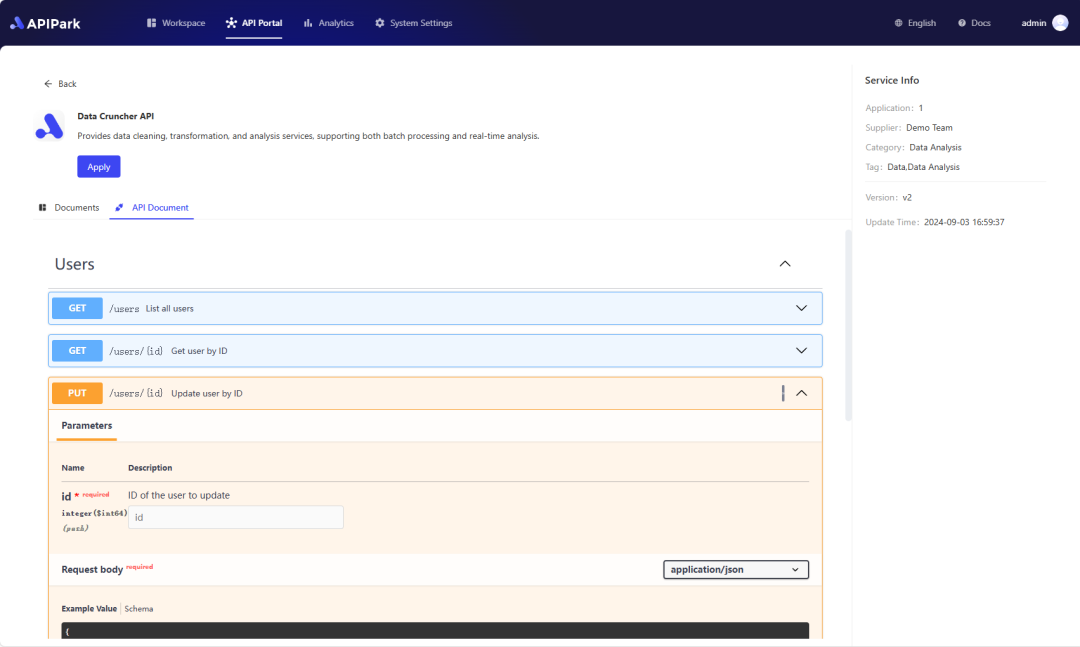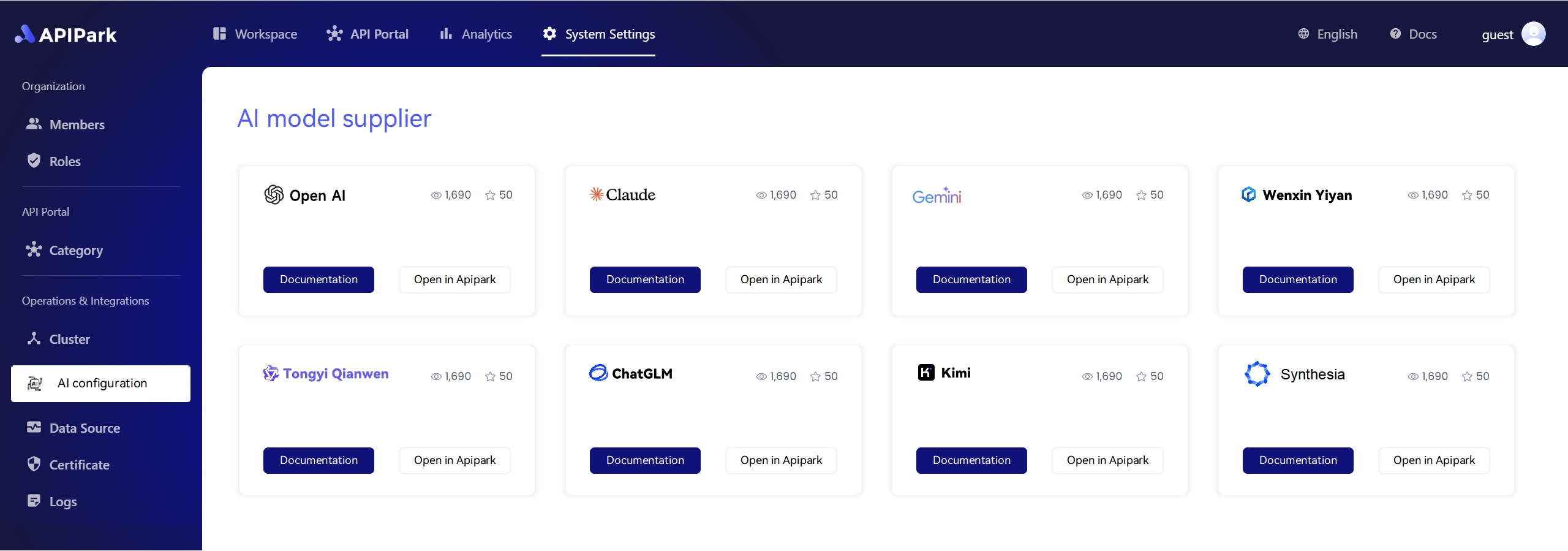In today’s digital landscape, API authentication is more crucial than ever. As businesses increasingly rely on integrated services and API-driven architectures, understanding how to authenticate effectively becomes essential. Among the many APIs available, the Card Connect API stands out as a critical component for payment processing in various applications. In this comprehensive guide, we will explore the intricacies of Card Connect API authentication, its features, and how you can implement robust security in your applications. Alongside, we will touch upon related concepts like AI security, Azure, LLM Proxy, and API Exception Alerts.
Table of Contents
- What is Card Connect API?
- The Importance of Authentication in API
- Overview of Card Connect API Authentication Methods
- Setting Up Card Connect API Authentication
- Step-by-Step Guide
- Common Authentication Issues with API
- Implementing AI Security Measures
- Role of AI Security in API Authentication
- Azure’s Role in API Management
- Using LLM Proxy for Enhanced Security
- Understanding API Exception Alerts
- Conclusion
What is Card Connect API?
The Card Connect API is a payment processing solution that allows businesses to accept credit card payments online securely and efficiently. It provides a range of functionalities, including tokenization, payment processing, and reporting features. By utilizing this API, developers can streamline their payment workflows and enhance user experience.
The Importance of Authentication in API
Authentication is a vital aspect of securing APIs as it ensures that only authorized users can access resources. In the context of the Card Connect API, authentication protects sensitive payment information and helps comply with industry standards like PCI DSS (Payment Card Industry Data Security Standard).
Benefits of Secure API Authentication
- Data Integrity: Ensures that sensitive data such as credit card information is transmitted securely, reducing the risk of breaches.
- User Trust: Users are more likely to engage with applications that guarantee their data is secure.
- Compliance: Meeting regulatory requirements through proper authentication mechanisms.
Overview of Card Connect API Authentication Methods
The Card Connect API offers several authentication methods, primarily based on OAuth 2.0. Here’s a brief overview of these methods:
- Basic Authentication: Uses base64 encoded username and password. While simple, it’s not recommended for production due to low-security levels.
- Token-Based Authentication: Involves issuing tokens after the user logs in, which are then used for subsequent requests. This method is more secure than Basic Authentication.
Setting Up Card Connect API Authentication
To utilize the Card Connect API, developers must set up authentication properly. Below is a detailed step-by-step guide to configuring API authentication.
Step-by-Step Guide
-
Register Your Application: Begin by registering your application with the Card Connect portal to obtain your API key and secret.
-
Configure the API Environment: Depending on your deployment (test, production), ensure you’re set up correctly to interact with the respective API endpoints.
-
Choose Your Authentication Method: Decide between Basic or Token-Based Authentication based on your application’s security needs.
-
Implement Authentication in Your Code:
Here’s a basic code example using Python to implement token-based authentication for Card Connect:
import requests
# Replace these with your actual values
api_url = 'https://api.cardconnect.net'
username = 'your_username'
password = 'your_password'
# Get the token
auth_response = requests.post(f'{api_url}/auth/token', auth=(username, password))
token = auth_response.json()['access_token']
# Now include the token in your requests
headers = {
'Authorization': f'Bearer {token}',
'Content-Type': 'application/json'
}
response = requests.get(f'{api_url}/payment', headers=headers)
print(response.json())
Make sure to have the requests library installed. You can run pip install requests if you do not have it yet.
Common Authentication Issues with API
Various challenges developers may face with authentication include:
- Expired Tokens: Tokens have a limited lifespan. Ensure your application handles token renewals appropriately.
- Incorrect Credentials: Double-check your API key and secret during integration.
- Network Issues: Connectivity problems can affect the ability to reach the authentication server.
Implementing AI Security Measures
With the rise of AI technologies, integrating AI security measures can enhance API protection significantly.
Role of AI Security in API Authentication
- Anomaly Detection: AI can help identify unusual access patterns, which might indicate attacks.
- Fraud Detection: Leveraging machine learning algorithms can detect fraudulent transaction attempts in real-time.
- User Behavior Analytics: AI monitors and learns user behavior, adjusting security protocols dynamically.
Azure’s Role in API Management
Microsoft Azure provides a robust platform for API management that integrates seamlessly with services like the Card Connect API. Using Azure can enhance your API’s security and scalability.
Benefits of Using Azure for Card Connect API
- Built-in Security Features: Azure offers advanced security protocols and compliance measures.
- Scalability: Handle fluctuations in traffic without downtime.
- Monitoring and Analytics: Azure’s monitoring tools help visualize API usage and performance.
Using LLM Proxy for Enhanced Security
Leverage LLM (Large Language Model) Proxy techniques to improve your API’s security infrastructure. By incorporating an LLM Proxy, you can route API requests securely, examining traffic patterns for anomalies.
Key Features of LLM Proxy Integration
- Traffic Encryption: Ensure that all data transmitted between the client and server is encrypted.
- Context-Based Access Controls: Dynamically adjust user permissions based on context and behavior.
- Real-Time Monitoring: Analyze requests in real-time for potential threats.
Understanding API Exception Alerts
As part of any robust API strategy, implementing API Exception Alerts can significantly enhance your security posture.
Benefits of API Exception Alerts
- Immediate Notification: Alerts you to unauthorized access attempts in real time.
- Tracking and Logging: Helps analyze patterns and bad actors over time.
- Enhanced Security Posture: Proactive monitoring reduces the potential impact of attacks.
Here’s an example of a simple alert setup in pseudo-code format:
def api_request_handler(request):
try:
# Process API request
pass
except UnauthorizedAccessException as e:
send_alert("Unauthorized access attempt detected: {}".format(e))
Conclusion
Understanding the authentication mechanisms of the Card Connect API is essential for secure and efficient payment processing. By implementing robust authentication systems, and leveraging advanced technologies like AI security and Azure cloud services, businesses can protect sensitive transaction data effectively. Further, proactive measures such as implementing LLM Proxy and setting up API Exception Alerts can significantly enhance security.
In today’s world, where cyber threats are rampant, staying vigilant and informed about authentication practices is imperative to safeguarding your applications and customer data. Embrace these strategies to ensure a secure, compliant, and user-friendly API ecosystem.
By carefully navigating the complexities of the Card Connect API, you can build a robust foundation for secure payment processing that stands up against evolving threats and enhances the overall user experience.
🚀You can securely and efficiently call the claude(anthropic) API on APIPark in just two steps:
Step 1: Deploy the APIPark AI gateway in 5 minutes.
APIPark is developed based on Golang, offering strong product performance and low development and maintenance costs. You can deploy APIPark with a single command line.
curl -sSO https://download.apipark.com/install/quick-start.sh; bash quick-start.sh

In my experience, you can see the successful deployment interface within 5 to 10 minutes. Then, you can log in to APIPark using your account.

Step 2: Call the claude(anthropic) API.
